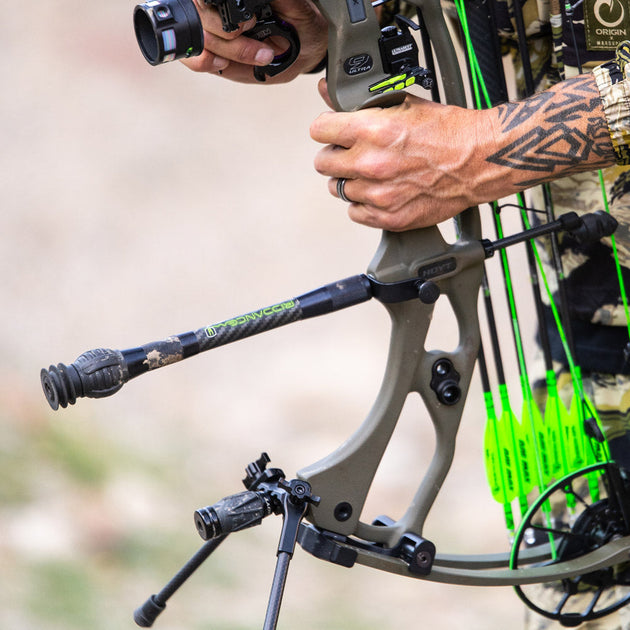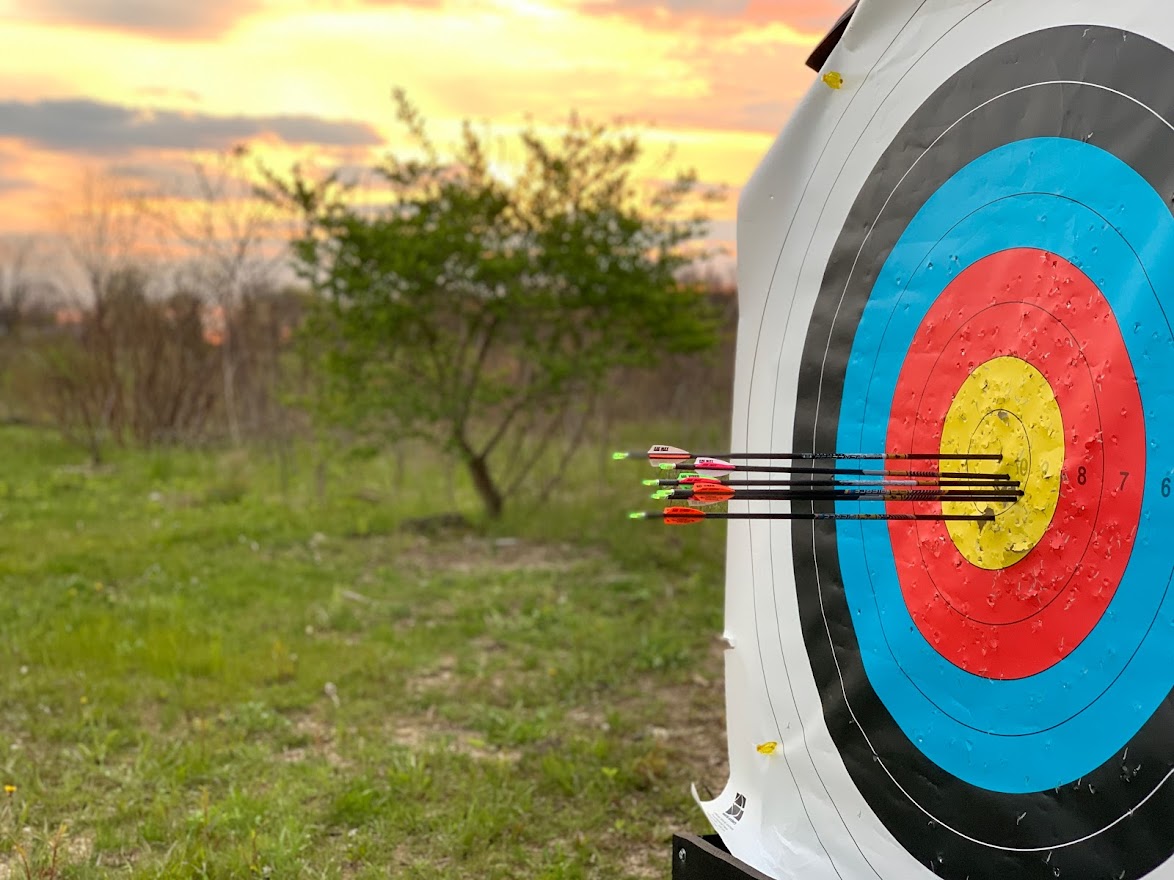Attain Constant Shots with the Right Bow Stabilizer: Shop Our Choice Today!
Attain Constant Shots with the Right Bow Stabilizer: Shop Our Choice Today!
Blog Article
Optimize Your Archery Precision With These Bow Stabilizer Strategies
One critical element that can significantly impact your efficiency is the correct utilization of bow stabilizers. Whether you are an experienced archer looking to improve your abilities or a beginner excited to enhance your accuracy, mastering these bow stabilizer methods might be the trick to hitting your mark with unmatched uniformity.
Advantages of Making Use Of Bow Stabilizers
Utilizing bow stabilizers can dramatically improve an archer's precision and total efficiency by lessening bow torque and vibration. Furthermore, bow stabilizers dampen resonance, which not just enhances the comfort of capturing yet additionally protects against the bow from jumping upon release, thus aiding in maintaining proper aim.
Moreover, bow stabilizers can help in holding the bow consistent, especially during windy conditions or when firing from longer distances. The added weight at the front of the bow gives stability and balance, allowing the archer to focus on intending without the interruption of bow motion. On the whole, the advantages of utilizing bow stabilizers prolong beyond simply accuracy, boosting the archer's experience and efficiency in numerous shooting scenarios.
Selecting the Right Bow Stabilizer
Picking the ideal bow stabilizer is vital for enhancing your archery equipment and boosting shooting efficiency. Heavier stabilizers can help reduce bow torque and absorb more resonance, leading to a steadier objective.

Lastly, take into consideration the layout of the stabilizer. Some stabilizers include adjustable weights or dampeners that allow you to personalize the equilibrium and feeling of your bow. Eventually, choosing the right bow stabilizer involves discovering an equilibrium in between weight, style, material, and length to boost your shooting precision and overall efficiency.
Appropriate Setup Techniques
To guarantee optimum efficiency and safety in archery, grasping correct installation techniques for your bow stabilizer is crucial. The initial step in setting up a bow stabilizer is to determine the correct positioning on your bow. Most stabilizers are affixed to the front of the riser, below the grip, to help counterbalance the weight of accessories such as views and quivers. Guarantee that the stabilizer is not conflicting with various other components or hindering your capturing kind.
Following, securely attach the stabilizer to the bow making use of the proper installing hardware. It is vital anonymous to tighten up the stabilizer snugly to prevent any type of tottering throughout shots. Some stabilizers feature flexible weights that can be added or eliminated to adjust the balance of your bow. Explore various weight arrangements to discover the optimum equilibrium that matches your capturing style.

Readjusting Stabilizer Weight and Length
After ensuring the correct setup of your bow stabilizer, the next action includes changing the weight and size to maximize its performance in boosting archery precision. The weight of the stabilizer plays a crucial function in decreasing bow activity throughout the shot cycle. Including weight to the stabilizer can assist wet vibrations and improve stability, bring about more exact and constant shots. On the other hand, reducing the weight can increase maneuverability, which is beneficial for scenarios needing quick target click reference procurement.
When it concerns stabilizer length, discovering the ideal balance is vital. A longer stabilizer can offer better stability by boosting the range between the bow and the weight at the end of the stabilizer. This added range improves the supporting effect, specifically in windy problems or when shooting at longer distances. Alternatively, a shorter stabilizer supplies extra maneuverability and may be chosen by archers that value agility and fast activities during capturing.
Advanced Stabilizer Tuning Tips
Attaining ideal bow stability and accuracy in archery demands a nuanced strategy to advanced stabilizer tuning. Advanced stabilizer tuning entails fine-tuning numerous elements to enhance the bow's equilibrium, lower resonance, and enhance total precision.
An additional important element of innovative stabilizer adjusting is optimizing the damping homes of the stabilizer system. This can be achieved by including additional moistening devices such as rubber dampeners or harmonic stabilizers to further reduce resonance and noise. Checking out various materials for the stabilizer building and construction, such as carbon fiber or aluminum, can likewise influence the bow's performance by changing its weight distribution and stiffness. By meticulously make improvements these advanced stabilizer aspects, archers can optimize their precision and uniformity on the array or in competitors.
Verdict
In conclusion, making best use of archery accuracy can be achieved through the appropriate selection, setup, and modification of bow stabilizers. Overall, incorporating bow stabilizers into archery practice can lead to improved performance and increased precision.
Using bow stabilizers can significantly enhance an archer's accuracy and total efficiency by minimizing bow torque and vibration. Longer stabilizers supply greater security and balance, specifically for long-distance capturing, while much shorter stabilizers provide even more flexibility and are much informative post easier to maneuver in tight rooms (bow stabilizer). Carbon fiber stabilizers are sturdy and lightweight, while light weight aluminum stabilizers are robust and supply excellent resonance dampening
A longer stabilizer can supply higher security by raising the distance in between the bow and the weight at the end of the stabilizer.Another important facet of advanced stabilizer tuning is enhancing the damping homes of the stabilizer system.
Report this page